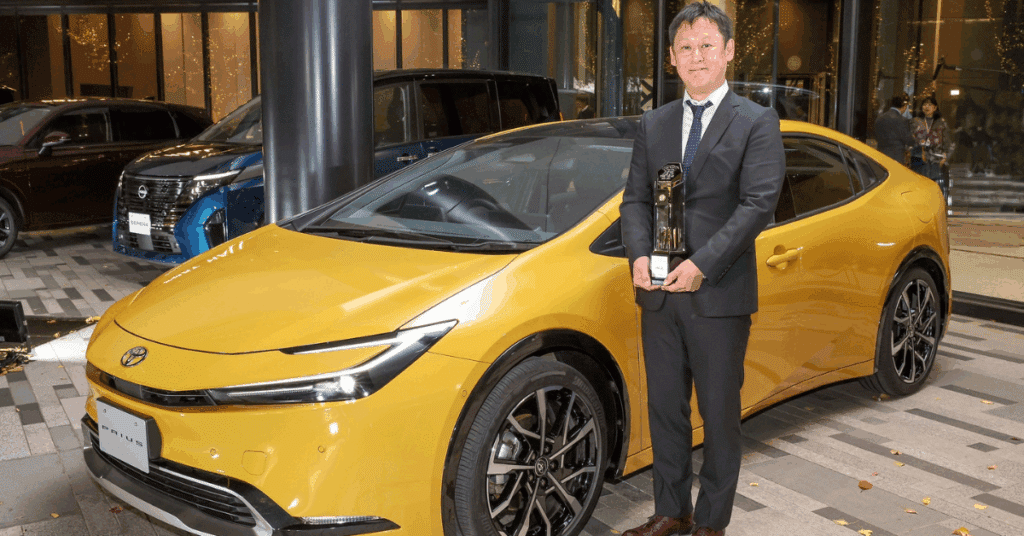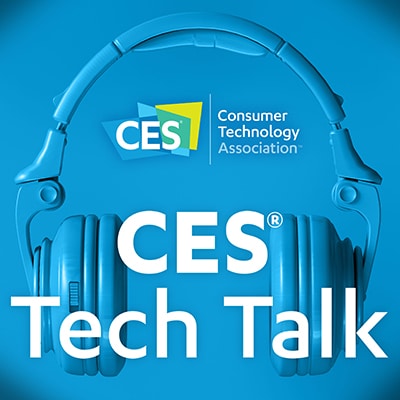
[Written in partnership with UMW Toyota, but the editorial team had full control over the content.]
Walk around any parking lot in the Klang Valley today and you’re sure to spot a good handful of smart cars like BYDs, Zeekrs, and Teslas.
The number of electric vehicles (EVs) likely won’t slow down anytime soon, especially with Malaysia’s Budget 2026 placing a strong emphasis on electrification.
Despite all the hype around EVs though, hybrid vehicles remain surprisingly resilient. From Toyota’s ever-popular Corolla Cross Hybrid to its Prius, these models continue to steadily roll out of dealerships.
So what’s keeping hybrid vehicles relevant in a market that seems to be charging full speed towards EVs?
Wait, what’s the difference between hybrids and EVs?
Hybrids can be broken down into two types: hybrid electric vehicle (HEV) and plug-in hybrid (PHEV).
HEVs combine a petrol engine with an electric motor, where the car’s battery recharges automatically through regenerative braking and engine operation. So you won’t see any external charging plugs because it doesn’t require one.

On the other hand, PHEVs do feature an external charging plug which allows drivers to recharge via wall sockets or stations, for short all-electric trips.
What’s commonly called EVs is actually battery electric vehicles (BEVs, but we’ll stick with EVs in this article to keep things less confusing). These run solely on electric power; no engine, no fuel tank, just a battery pack.
In terms of performance, EVs are popularly known for offering instant torque, as well as a smooth and quiet drive. But the trade-off is drivers need to rely on charging networks.
This is less of a problem with hybrids as their dual system allows for extended range, which is ideal for long drives. Not to mention the convenience when travelling to more rural areas that have lesser (or no) charging stations.
As for the cost, EVs carry a higher price tag compared to hybrids, mainly due to their larger lithium-ion batteries.

For example, EVs like the BYD Seal starts from RM171,000 and above, whereas hybrids like Toyota’s Corolla Cross are more accessible at over RM133,000.
The practical choice for Malaysian roads
With electric vehicle infrastructures and policies still in development in Malaysia, hybrids arguably offer a more appealing path to lower emissions.
As of October this year, Paul Tan reported that we have over 4,100 EV charging stations nationwide, with most of them concentrated in urban areas.
It’s a good starting point but still a far cry from the country’s goal of setting up 10,000 EV charging stations by the end of 2025.
For many Malaysians, this gap makes hybrids a more reliable option, especially if you live further from the city or need to travel long distances frequently. It combines the benefits of both old and new tech to give drivers the environmental perks of EVs, without fear of running out of battery.
Not every apartment complex or landed property is equipped with chargers, and wouldn’t it be a nightmare to get stuck in unpredictable traffic while your EV’s battery slowly depletes?

Malaysians generally value convenience and it doesn’t seem like we’re willing to trade the quick and familiar experience of refuelling for longer EV charging times yet.
This automobile preference isn’t limited to just Malaysia either. McKinsey’s Electric Vehicle Transition report in April found that more people are interested in purchasing a hybrid than an EV across the United States and Europe.
In fact, as the world’s top-selling automaker for the fifth year straight, Toyota’s hybrids made up 40.8% of its sales in 2024, emphasising its strong demand in spite of the EV buzz.
How Toyota is paving the way for EVs
Manufacturers are also taking note. Business Insider reported that major automakers like Toyota are doubling down on hybrid production to meet consumer demand.
Even though Toyota believes that BEVs and hydrogen fuel cell EVs (FCEVs) are the future, the company recognises that these technologies can’t be adopted overnight.
As such, they’ve taken a multi-pathway approach by investing in hybrids and EVs simultaneously. The goal is to cut down on carbon emissions while still providing consumers different options suited to their lifestyles and regional infrastructure.

In March, the Japanese automaker announced its plans to release nine EVs in Europe this year and 2026:
- New versions of the bZ4X, Urban Cruiser and C-HR+ this year, followed by three more next year.
- Three Lexus-brand EVs over the next 12 months, starting with the new RZ SUV.
At the same time, Toyota is expanding its hybrid lineup in Asia, committing to launch over 10 new electrified models within the next three years. This regional focus reflects Toyota’s belief that hybrids remain a crucial stepping stone towards full electrification.
Locally, Toyota continues to advocate for hybrids through initiatives like its recent “HEV It All” campaign and its April 2025 collaboration with the Ministry of Transport, where it supplied a fleet of five electrified vehicles to support policy and research on sustainable mobility.
Together, these efforts reflect Toyota’s pragmatic vision for a cleaner automotive future.
The future of driving is electric
As the global automotive industry accelerates toward full electrification, hybrids continue to prove that they’re a practical and strategic part of the transition.

Instead of pitting hybrids against EVs, consumers should actually ask how the two can complement each other and how hybrids will evolve alongside EVs in the coming years.
Because the reality is that until charging networks become fully accessible and affordable, hybrids will remain the middle ground option for drivers looking to go greener without compromising flexibility.
Manufacturers like Toyota understand this nuance too by recognising that electrification isn’t one-size-fits-all.
So despite the EV buzz, hybrids are here to stay, serving as a practical bridge between traditional ICE vehicles and a fully electric future.
The Toyota Prius won the Japan Car of the Year 2023-2024, marking the third time it has won the award. / Featured Image Credit: MotaAuto via Facebook
Last modified: November 21, 2025







